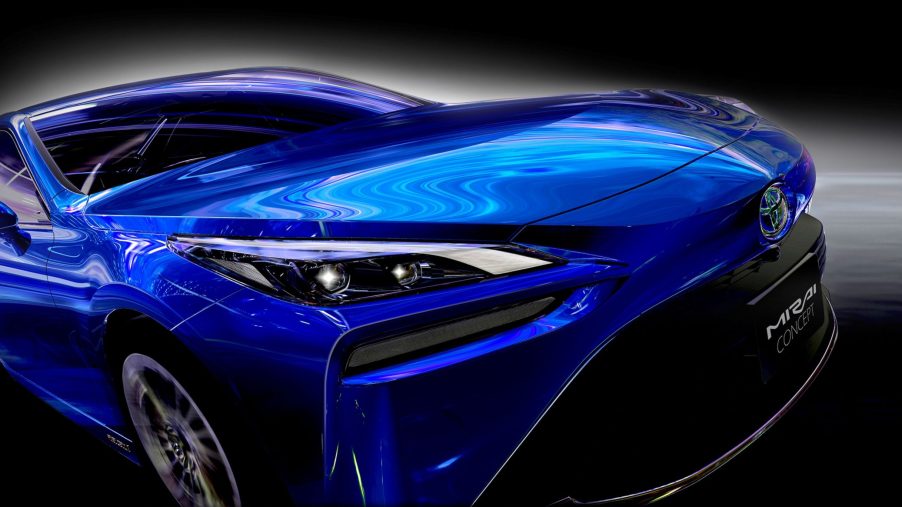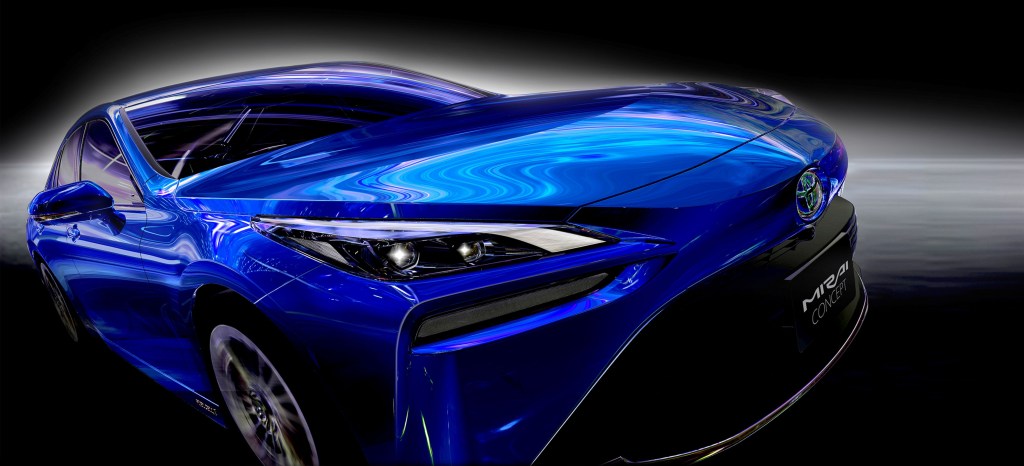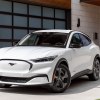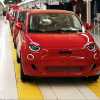
Toyota Mirai: Do Hydrogen Cars Have a Place in an EV Future?
Many automakers have committed themselves to produce only EVs by 2030, and the world seems to be shifting toward an all-electric future. Almost all EVs are battery electric vehicles or BEVs, but the Toyota Mirai is different. Here’s a look at the 2021 Toyota Mirai and whether this hydrogen car has a place in an EV future.
An overview of the 2021 Toyota Mirai

The Mirai is technically an EV. The electric motor is what ultimately makes the wheels turn. That being said, the Mirai is powered by hydrogen, which makes it different from other EVs. Other EVs have a big battery pack that drivers will have to recharge, while the Mirai uses hydrogen fuel cells instead. Charging the Mirai will require hydrogen, which is more difficult to find than electricity.
According to Motor Trend, hydrogen fuel cell provides a distinct advantage over BEVs like Tesla. Mirai owners need to find a hydrogen fueling station, plug the hydrogen pump in, and wait about five to 10 minutes for their car to refuel. However, there’s a price to pay for that. Not only are hydrogen refueling stations rare, but the Mirai is expensive.
The starting price is about $50,000. While Toyota’s decked the Mirai out, it doesn’t have much else going for it. The 2021 Mirai has a 12.3-inch touch screen display, seating for five, and a small amount of cargo room. In terms of style, its interior improved over the last generation of the Mirai, but its specs are about average. Its electric motor gets about 182 hp, and it can go from 0 to 60 mph in 7.4 seconds.
How the 2021 Toyota Mirai compares to a BEV
Asides from fast refueling, the Mirai has another advantage over BEVs. According to Motor Trend, its range is just over 400 miles. That high range, which is a huge improvement over the last Mirai’s 312 miles of range, easily puts it near the top of the pack as far as range goes.
Many EVs are currently getting about 200 to 300 miles of range, and few have breached 400. The big exception is the Tesla Model S, but it costs significantly more than the Mirai.
The Mirai isn’t that different from a BEV. They both use electric motors and are quiet cars. However, while the Mirai uses hydrogen for fuel, that hydrogen was ultimately made with electricity. There are greenways and not-so-green ways to make electricity, so where that electricity comes from will determine how much the Mirai and BEVs pollute.
Does the Mirai have a future?
Only time will tell if the Mirai will be a success. But since Toyota recently updated the Mirai, the company certainly believes that the Mirai has a future. However, few people can get their hands on the Mirai, and it’s not clear if that will change. Currently, the Mirai is only sold in a handful of places in the U.S., and they’re also the places where there are hydrogen refueling stations.
This means that only customers in California and a few other states can buy the Mirai right now. Its future and the future of all hydrogen cars depend on how many hydrogen refueling stations there are. If these stations become as common as electric charging stations, then the Mirai might have a future. But if not, then the Mirai will probably die away as an inefficient technology.



